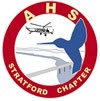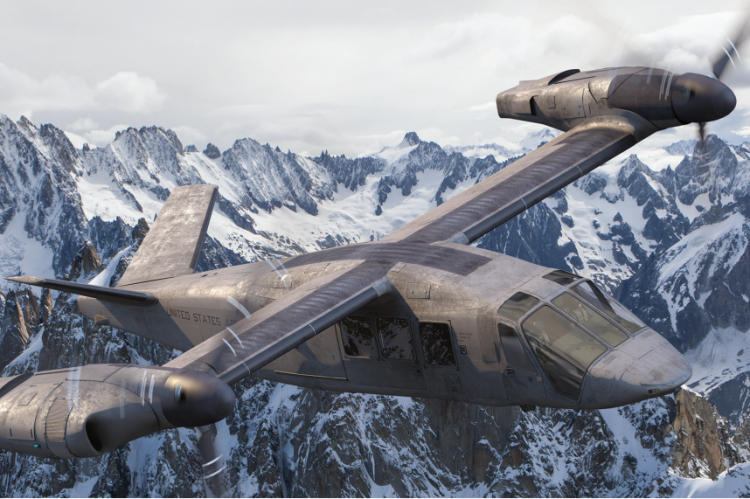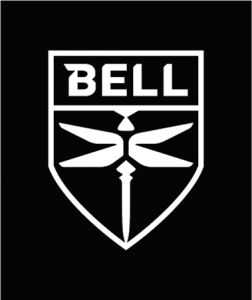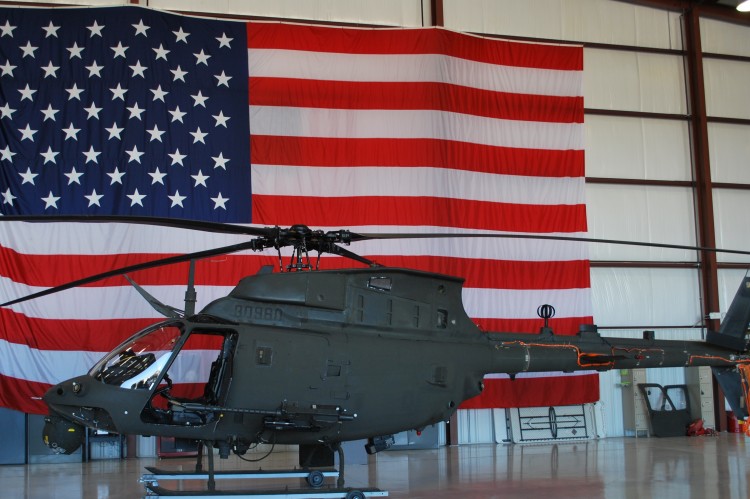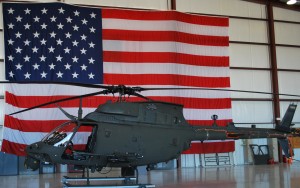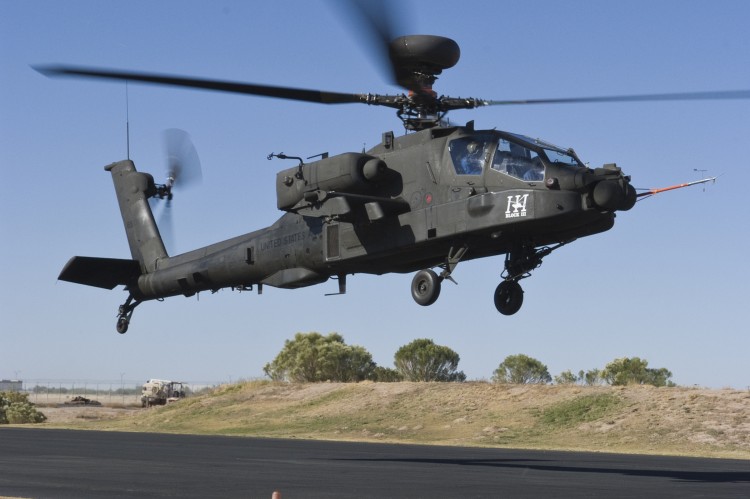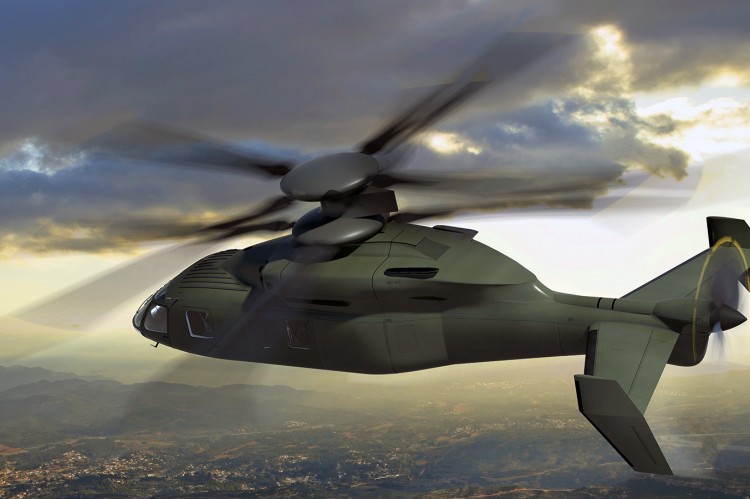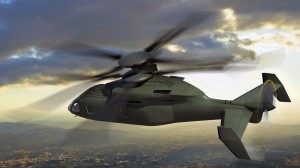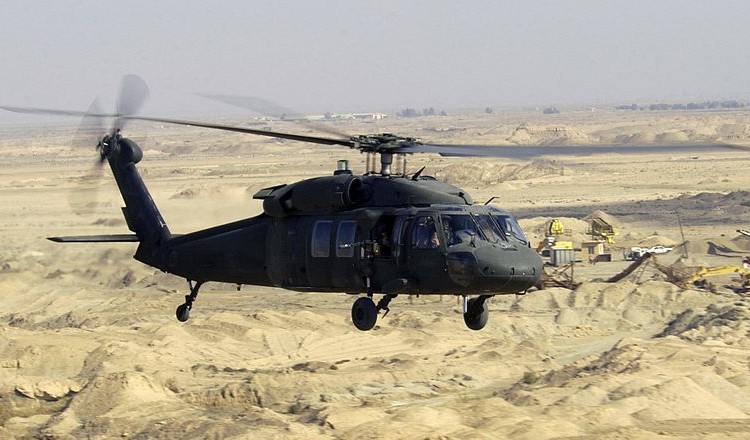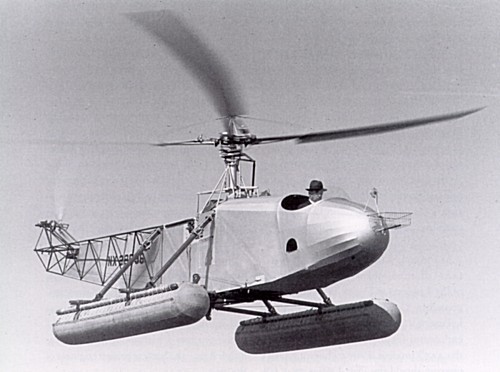Speaker: Keith Flail, – EVP Advanced Vertical Lift Systems, Bell Textron Inc.
When: Check-in 5:30 PM, Dinner 6:15 PM, Speaker at 7 PM
Where: Oronoque Country Club
Hello everyone,
The Vertical Flight Society Stratford Chapter will be holding our November in-person dinner event. Keith Flail, Bell Flight’s EVP of Advanced Vertical Lift Systems, will be our speaker. Please email @Ahsan, Sadat H (US) or vfs.stratford.sec@gmail.com to RSVP for the event!
FYI we are back at Oronoque! Hope to see you there!
What: VFS Stratford Chapter November In-Person Dinner / Speaker Event
Speaker: Keith Flail, – EVP Advanced Vertical Lift Systems, Bell Textron Inc.
When: Thursday, November 17th, 2022 / Social hour begins at 5:30 PM / Dinner at 6:15 PM / Speaker at 7 PM
Where: Oronoque Country Club, 385 Oronoque Ln, Stratford, CT 06614
Cost: See flyer, RSVP with vfs.stratford.sec@gmail.com or with @Ahsan, Sadat H (US)
